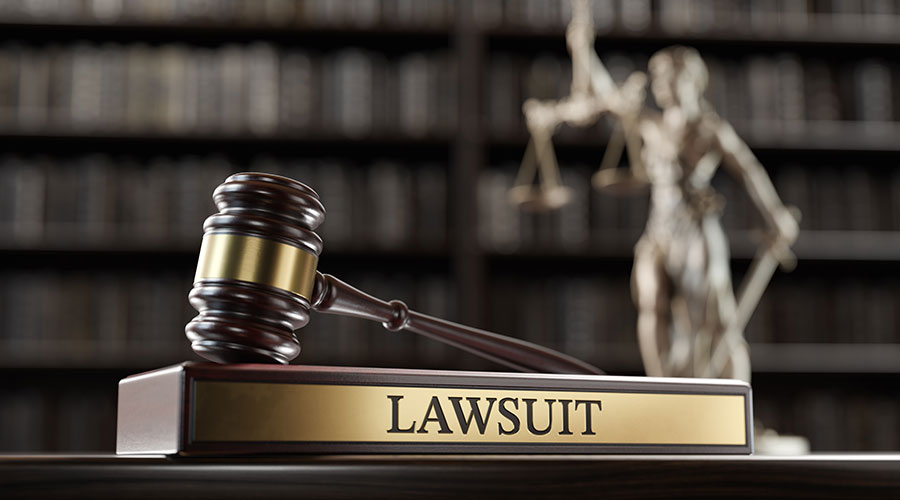Fort Worth, TX - About a year ago, Powr-Flite, a leading manufacturer of floor care equipment, began a monthly news advisory called the "Powr-Flite Floor Care Troubleshooter."
According to Debby Davis, product manager for Powr-Flite, ever since the program began the company has received a number of questions from cleaning professionals, asking for help in addressing their specific floor care challenges.
Because of this, "We decided to answer some of the most frequent questions we receive, assuming others have the same challenges," she says.
One of the most common questions Powr-Flite receives is "How can I tell if floor finish is really dry?"
Most floor finish manufacturers suggest drying times of 20-25 minutes, but this can vary due to many factors like temperature, humidity and thickness of coating applied.
Davis recommends using either of the following tests, in an inconspicuous location, to see if a floor is really dry:
Apply masking or "invisible" tape to the finish and pull it up with a quick jerk. If finish comes off with the tape you do not have good adhesion and the floor needs more drying time.
Place facial tissue on the floor, step down on it, and twist the tissue over the floor. If the tissue does not tear, the floor is probably dry.
With changing seasons, Powr-Flite also fields frequent questions like: "What is the minimum temperature at which floor finish can be applied?"
"Finish is best applied at a room temperature of about 70 degrees (F)," says Davis. "Usually, the minimum room temperature to apply floor finish is 55 degrees (F). Colder temperature can negatively impact adhesion of the finish, which can cause the finish to crack, powder, or become brittle."
Lastly, another common question received is: "Why do floors lose their shine?"
"This can happen for many reasons, from soil load to the way light reflects on the floor," says Davis. "But the most common cause is lack of floor maintenance."
She suggests:
Keep soil and grit off the floor by vacuuming or sweeping daily
Install high quality floor mats at building entrances to prevent contaminants from entering the building as much possible
Regularly auto scrub floors followed by buffing (burnishing); this brings a floor's shine back to life."

 Case Study: How NYU Langone Rebuilt for Resilience After Superstorm Sandy
Case Study: How NYU Langone Rebuilt for Resilience After Superstorm Sandy Frederick Health Hospital Faces 5 Lawsuits Following Ransomware Attack
Frederick Health Hospital Faces 5 Lawsuits Following Ransomware Attack Arkansas Methodist Medical Center and Baptist Memorial Health Care to Merge
Arkansas Methodist Medical Center and Baptist Memorial Health Care to Merge Ground Broken on Intermountain Saratoga Springs Multi-Specialty Clinic
Ground Broken on Intermountain Saratoga Springs Multi-Specialty Clinic Electrical Fire Tests Resilience of Massachusetts Hospital
Electrical Fire Tests Resilience of Massachusetts Hospital